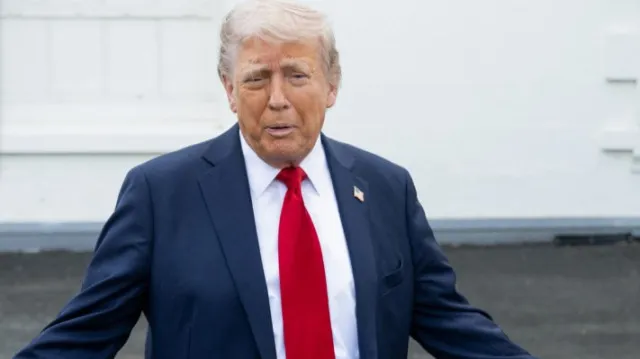Donald Trump’s first 100 days back in office have shocked many, with government spending soaring compared to the same period last year.
Donald Trump returned to the Oval Office with bold promises to cut government spending and streamline departments.
He also pledged to restore financial discipline in Washington.
However, new data shows a stark contrast between those promises and the actual fiscal outcomes of his first 100 days in office.

Trump government outlays exceed previous administration by billions
According to an analysis by CBS News, the federal government has spent $220 billion more under Trump’s leadership.
This figure is compared to the same 100-day period in the previous year under former President Joe Biden.
The analysis covers Trump’s tenure from January through April 29, marking his 100th day in office.
The unexpected spending surge is drawing attention, especially as Trump had campaigned on promises of fiscal responsibility.
Excluding the pandemic year of 2021, Trump’s first 100 days saw some of the highest spending in a decade.

New department aimed at cost-cutting raises eyebrows
To support the administration’s financial strategy, Trump created the Department of Government Efficiency (DOGE). This new entity is led by tech mogul Elon Musk.
The department claims to have saved $170 billion through asset sales, contract cancellations, and workforce reductions.
However, critics note that these numbers are self-reported and remain unverified.
At the same time, spending on major entitlement programs and key departments has increased, causing doubts about DOGE’s effectiveness.
Entitlement programs and defense see major increases
A closer look at the federal budget reveals some of the areas fueling the spending increase.
Medicare and Social Security spending increased by over $37 billion compared to the same period last year.

These entitlement programs, which serve millions of Americans, are largely automatic and difficult to cut without major legislative changes.
Spending also surged in the Departments of Defense, Veterans Affairs, and Agriculture.
Under Trump, these departments received bigger budgets, indicating a shift in funding priorities instead of uniform cuts.
Social media users criticize the Trump administration for excessive government spending
The revelations have sparked a wave of public reaction, particularly on social media.
A YouTube commenter sarcastically said, “So much for government spending cuts,” reflecting many people’s disappointment with Trump’s promises.
Others have expressed concern about the direction of federal priorities.
Mass layoffs have been reported across government agencies, including the Department of Education, which Trump has aggressively targeted for elimination.
One user said: Elevate a clown to king, and the palace turns circus overnight!
The second user added: One does something the other keeps status quo.
The third user said: What did they expect a deposit of his money in their bank’s accounts?
Another user wrote: Was it Biden spending or was is it his staff with the auto pen?

Mass layoffs justified as removing government ‘fat’
Speaking at a press conference in March, Trump defended the wide-ranging job cuts.
He stated, “We’re getting rid of the fat that this country is riddled with.”
He added that the goal is to keep only those who are “working hard and want to be members of the administration and our country.”
The layoffs are part of a broader strategy to “restructure” government operations and fulfill Trump’s vision of a leaner federal bureaucracy.
Yet, critics argue that these efforts are undermined by the broader increase in total spending.